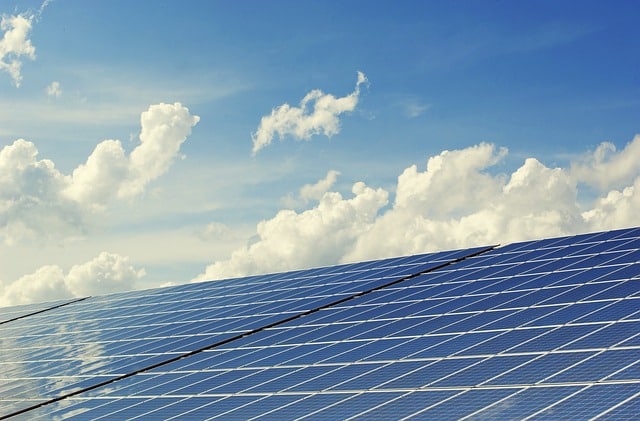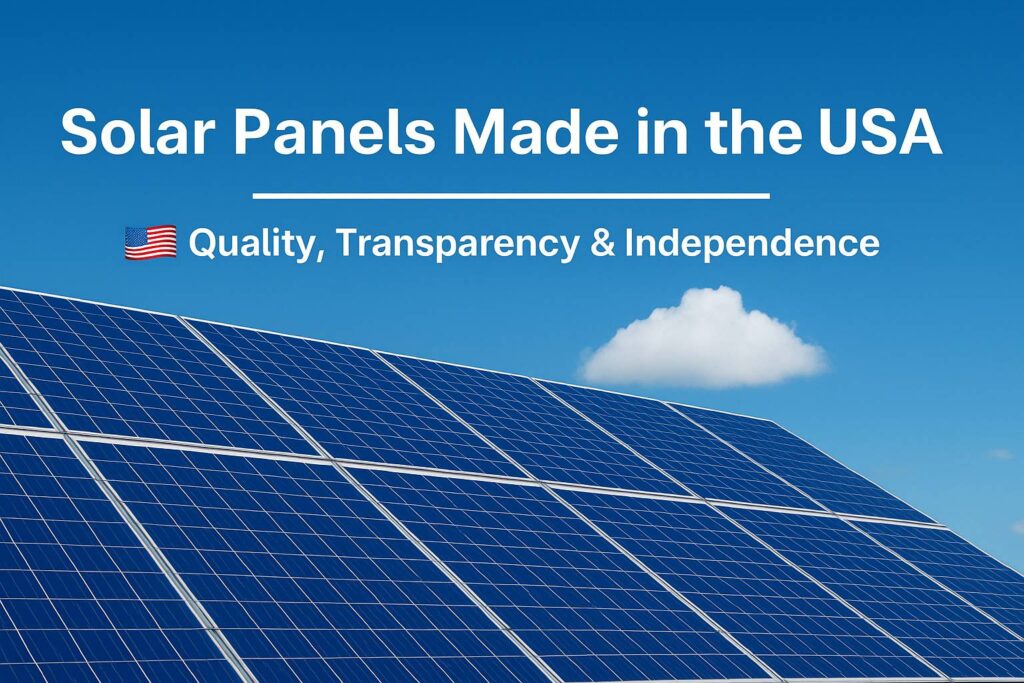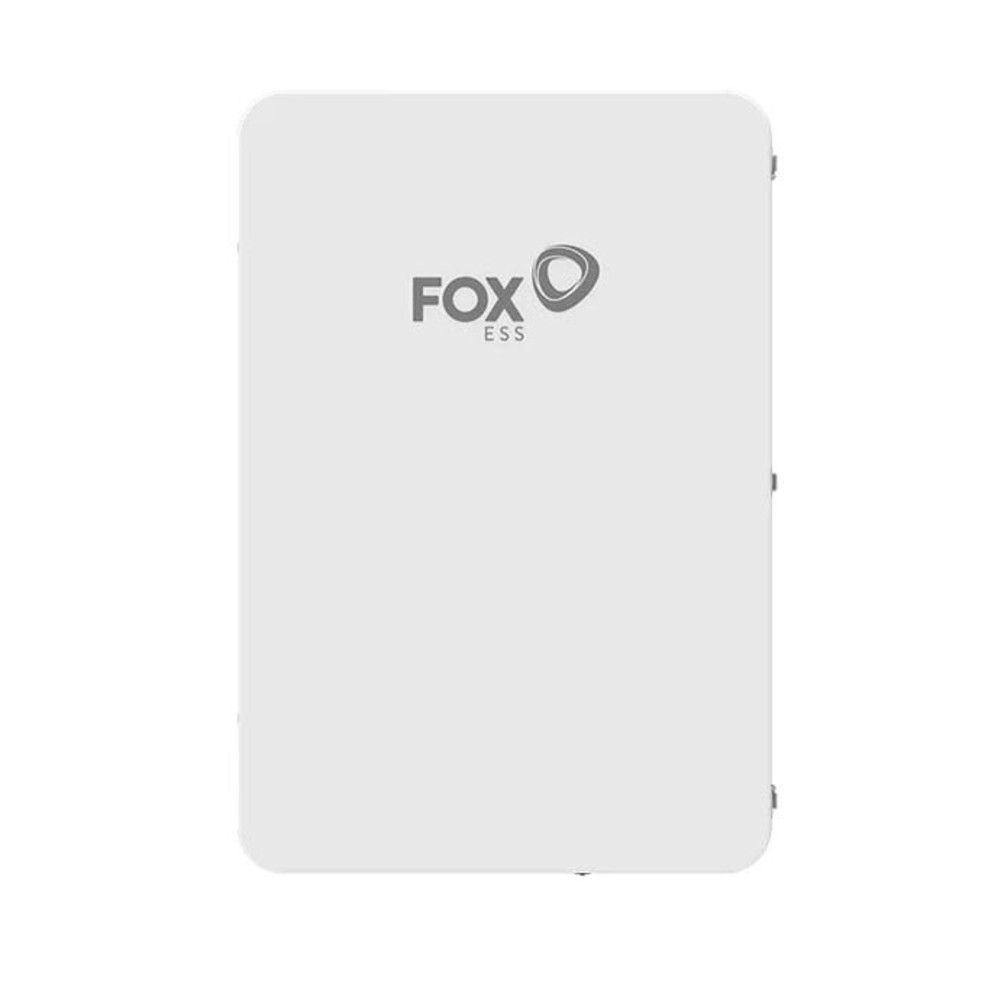📦 Fast Delivery – Order Now!
💸 Shop Safely – 100% Money-Back Guarantee
👨🔧 Lifetime Customer Support
📦 Fast Delivery – Order Now!
💸 Shop Safely – 100% Money-Back Guarantee
👨🔧 Lifetime Customer Support
Many homeowners are asking whether switching to solar power photovoltaic systems actually pays off. And the answer is yes—because these systems not only cut your energy bills, but also reduce your carbon footprint and increase your independence from rising electricity costs.

A solar power photovoltaic system turns sunlight into usable electricity. It consists of solar panels, which absorb sunlight and create direct current (DC). Then, an inverter converts this DC power into alternating current (AC), which your home appliances use. And because there are no moving parts, the system operates quietly and efficiently for decades.
The process sounds complex, but it’s actually simple. Sunlight hits the panel. Electrons move. Electricity flows. And although performance depends on weather and season, a properly sized PV system generates plenty of energy—even on cloudy days.

✅ 410 W bifacial panel with 132 half-cut monocrystalline cells
✅ 20.5% efficiency with sleek all-black design
✅ 25-year product and performance warranty
Although the initial investment might seem high, the long-term savings speak for themselves. You start saving from day one because your electricity bills drop. And while utility rates often rise, your solar-generated electricity stays free. In many regions, you can even sell excess power back to the grid, earning credits or cash.
Moreover, federal and state incentives lower upfront costs. And because solar systems increase home value, you benefit even if you decide to move later. Some homeowners recover most of their investment simply through the higher selling price of their solar-equipped home.
Installation is faster and easier than most people think. A professional team inspects your roof, plans the layout, and installs the solar panels and inverter—often within a few days. And because systems today are more compact and efficient, they fit on almost any roof.
After that, there’s little to do. Maintenance is minimal. You might clean the panels once or twice a year. Some systems even include remote monitoring, so you can check performance via app or browser. And if anything ever fails, warranties usually cover repairs for 10–25 years.

Yes, and surprisingly well. Even though days are shorter in winter, solar panels still generate energy—even in snow or light rain. And because solar panels operate more efficiently in cooler temperatures, you’ll still see solid performance in winter months.
When combined with a battery storage system, you can save summer energy for nighttime or cloudy days.

Solar energy is 100% renewable and emission-free. Every kilowatt-hour you generate reduces demand for fossil fuels. And since you produce electricity on-site, there’s no energy lost in long-distance transmission. That’s good for your wallet—and for the planet.
Absolutely. Battery storage systems let you use solar power even when the sun’s down. That boosts your energy independence and provides backup during grid outages. And while batteries do raise the total cost, they also deliver more savings and control.

✅ Smart energy management system
✅ Integrated generator support
✅ Remote monitoring via FoxCloud
At AceFlex.us, we offer high-quality photovoltaic systems and expert advice tailored to your home. Let’s power your future—clean, smart, and affordable. Contact us today for your free consultation!

Because it lowers your electricity bills, increases your home value, and helps protect the planet, solar power photovoltaic is clearly worth it. Add in long warranties, government incentives, and low maintenance, and you get a solution that pays off in more ways than one.
AceFlex is one of the leading online retailers of renewable energy products and offers a wide range of solar products. We work with well-known manufacturers and wholesalers and can offer you cost-effective products in the field of photovoltaics so that you too can contribute to the energy transition.
Looking for an experienced team for planning your photovoltaic system without the hassle of doing it yourself? We are your trusted partner, offering comprehensive nationwide solutions. We provide expert consultation and supply of both photovoltaic systems and storage units tailored to your specific needs.
© 2025 Aceflex All Rights Reserved. Design by Media Pantheon, Inc.